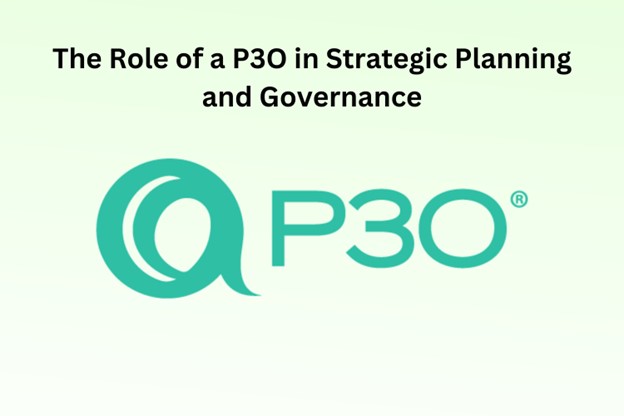A P3O (Portfolio, program me, and Project Office) is integral to developing projects and programs within organizations. As projects and programs become more relevant and organizations become more strategic, the necessity of a P3O will also increase. There are various P3O Model and features that can be used for excellent project management. Professionals completing a P3O® Course are in high demand as they can work effectively on multiple projects.
Table of Contents
Understanding P3O
Within an organization, a P3O is a centralized entity tasked with overseeing, managing, and providing support for its portfolio of projects and programs. It functions on three levels:
Portfolio Level
The portfolio level focuses on managing resource allocation, prioritizing initiatives based on strategic value, and coordinating projects and programs with organizational objectives.
Program Level
Oversees connected initiatives gathered under a program to achieve particular benefits or business results.
Project Level
Ensures that each project is carried out effectively. It must adhere to the scope, budget, and schedule and fulfill established objectives.
How P3O Helps in Strategic Planning and Governance?
Alignment with Organizational Strategy
A vital function of a P3O is to identify the interconnection between programs, projects, and organizational strategy. P3O establishes assessment systems and tools to appraise the appropriateness of strategic initiatives. Then, by ranking those essential for strategy accomplishment according to the priority, P3O provides the efficiency of strategic programs. The P3O identifies the portfolio of programs and projects and evaluates if it targets the company’s strategic objectives via portfolio management. Through that, it would be able to shed light on the weaknesses and offer some solutions that need to be implemented.
Governance Framework and Policies
The P3O is accountable for providing a program/project governance structure, which includes establishing policies, roles, and responsibilities. This is great because it allows for consistency and standardization. Some policies included in P3O are project lifecycle management, resource management, financial planning, risk management, and stakeholder engagement. The P3O is concerned with the compliance of these policies by various programs and projects.
Methodology and Standards
The P3O’s main task is to formulate methodologies and standards for program and project management, relying on best industry practices as a guideline. The methods align with the standards that apply to activities such as estimation, scheduling, resource planning, cost control, and so forth, as well as templates, tools, and techniques. The P3O pursuit becomes more mature in program and project management, improving the chances of success.
Centralized Operations
The P3O can provide centralized operation, administration, and program and project management services through economies of scale for different projects and programs. Instead of every project unit for itself, a central P3O serves as a platform for portfolio planning, aggregation, and reporting. The P3O also keeps the state of the programs/projects under control. It plays a vital role in decision-making by providing integrated reporting on status, risks, and dependencies.
Resource Management
One fundamental duty of the P3O is to develop in-house competency in project, program, and portfolio management by providing coaching and mentorship programs and constructing career frameworks. Central channeling can mitigate skills shortages across various initiatives. The P3O must form a group of experienced and skilled program and project professionals.
Ongoing Improvement
The P3O is at the forefront of organizational maturity in project, program, and portfolio management. It identifies gaps through benchmarks and audits and initiates strategic initiatives. Through lessons learned and Best Practices, the system minimizes recurrent problems. The P3O is transformed into the performance manager of projects, programs, and portfolios in the long run.
Stakeholder Engagement
A P3O facilitates effective stakeholder engagement by establishing communication channels and conducting stakeholder analysis. This proactive engagement ensures alignment between project outcomes and stakeholder expectations, fosters collaboration, reduces resistance to change, and enhances project acceptance.
Performance Monitoring
P3O establishes key performance indicators (KPIs) and metrics to monitor project and program performance. Regular reporting and performance reviews give stakeholders real-time insights into project status, progress, and adherence to governance standards. Maintaining a dashboard regarding the tasks allocated and the duties performed can be monitored.
Conclusion
Establishing P3O will be more necessary through the most effective ways of managing projects, programs, and portfolios. The P3O contributes to improved governance, profits in strategic alignment, increased efficiency, and reduced risks in project-based work.




